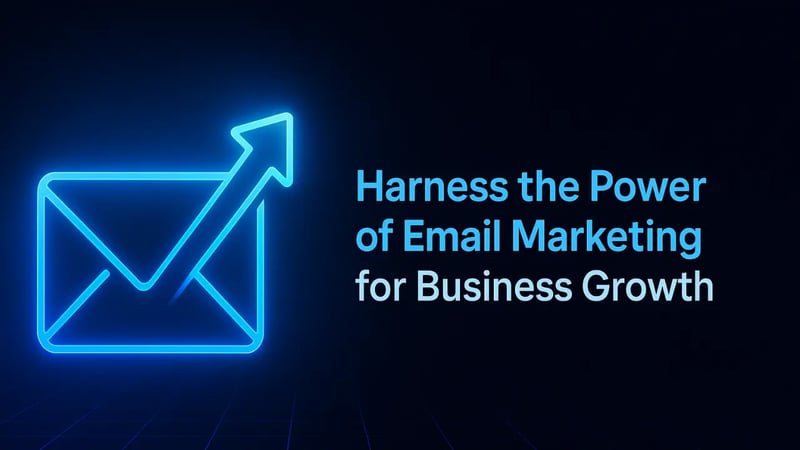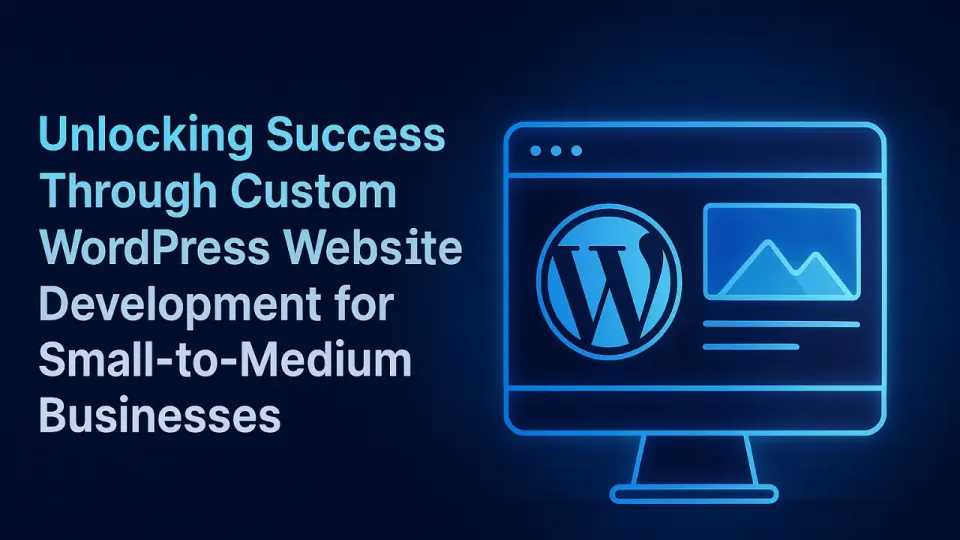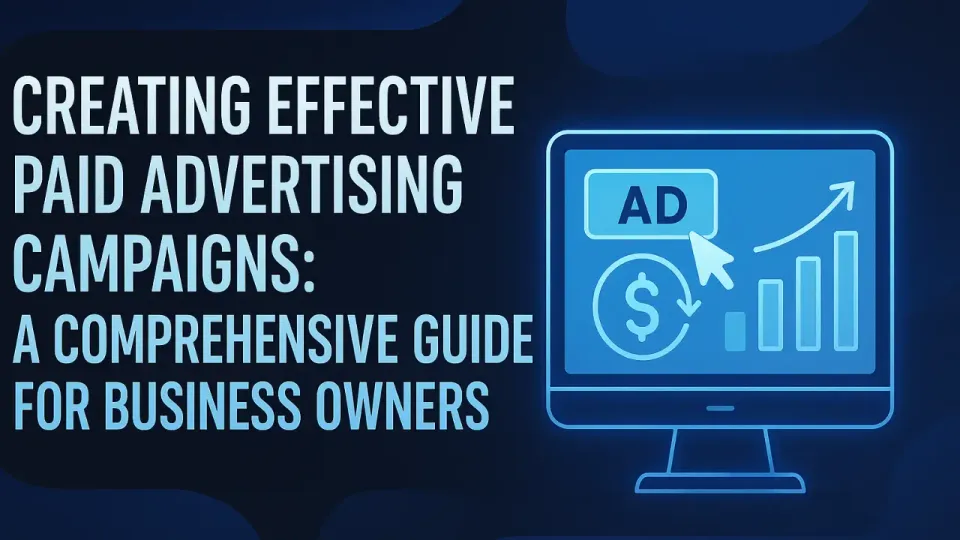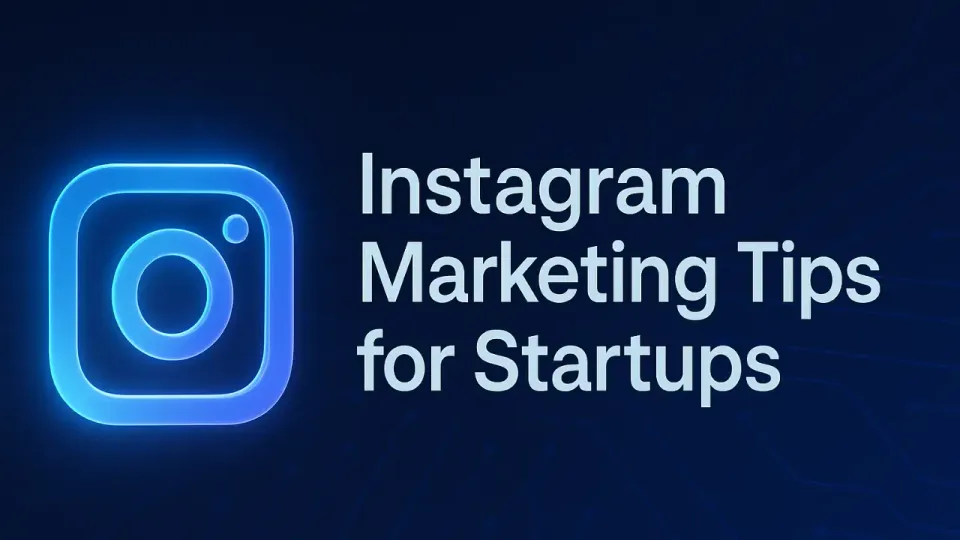Harness the Power of Email Marketing for Business Growth
Discover how to harness the power of email marketing to grow your small business effectively.

Email marketing might feel like an old hat in a world buzzing with social media and shiny new apps, yet it’s far from outdated. For small-to-medium business owners and entrepreneurs, it’s a powerhouse tool for driving engagement, nurturing leads, and ultimately increasing revenue. If you’re in Hoover, AL, or anywhere across the U.S., you may be wondering how to efficiently harness the power of email marketing to grow your business. Let’s explore.
Understanding Email Marketing Basics
At its core, email marketing is about sending emails to prospects and customers to nurture relationships and promote your services or products. But it’s not just about blasting out a newsletter every month. Think about email marketing like inviting a friend over for coffee – you wouldn’t just throw a bunch of unconnected thoughts at them. Instead, you’d engage, share stories, and provide value.
Consider the following:
- Segmentation: Just like you wouldn’t invite every friend to a casual dinner party, segment your email list. Group your subscribers based on behavior or demographics to send tailored content.
- Personalization: Use names and target content based on past interactions. A local bakery might send a special pastry offer to customers who previously purchased desserts.
- Call-to-Action (CTA): Don’t just inform; *invite* action. Whether it’s reading a blog post, signing up for a webinar, or making a purchase, a clear CTA is crucial.
Crafting Engaging Content
Content is king, but context is God. You’ve only got a few seconds to grab someone’s attention. According to an IBM study, 35% of email recipients open an email based on the subject line alone. Thus, crafting compelling, relevant content is crucial.
Here’s how to engage your audience:
- Start with a Hook: Use intriguing subject lines that stir curiosity. For instance, "You’re Invited to Our Exclusive Local Business Webinar!" can draw attention.
- Tell a Story: Weave narratives into your emails. For example, a local gym could share a success story of a member who reached their fitness goals through perseverance and support.
- Interactive Elements: Encourage engagement using polls or surveys within your emails. This not only gathers feedback but also keeps your audience invested.
Analyzing Results and Optimizing Campaigns
Launching an email marketing campaign is just the beginning. To understand its effectiveness, you need to analyze metrics. Key Performance Indicators (KPIs) to consider include:
- Open Rates: Tracks how many of your emails get opened. A low open rate might suggest you need to revisit those subject lines.
- Click-Through Rates (CTR): The percentage of people who clicked a link in your email tells you how engaging your content is.
- Conversion Rates: Ultimately, this indicates how many leads became paying customers. It’s the holy grail of email marketing.
For example, a local e-commerce store noticed their emails had low CTRs. They A/B tested different subject lines and CTAs, leading to a staggering 25% increase in open rates and 15% more conversions!
Future Trends in Email Marketing
As we look ahead, email marketing continues to evolve. Here are a few trends that can give you a competitive edge:
- Automation: Automated email sequences save time and can be tailored based on user behavior.
- AI-Driven Personalization: Leverage artificial intelligence to analyze user data for crafting personalized recommendations.
- Interactive Emails: Incorporating features like videos or carousels can enhance user engagement and keep your content dynamic.
By adopting these strategies and continually refining your approach, you’ll not only keep your email marketing relevant but also boost your ROI.
Conclusion
In today’s digital landscape, mastering email marketing can significantly impact your business growth, especially if you’re a small-to-medium business owner. By understanding the basics, creating engaging content, analyzing results, and staying ahead of trends, you will foster stronger connections with your audience and see tangible results in your sales.
FAQs
- What types of businesses can benefit from email marketing? Any business can benefit, especially local businesses looking to engage with their customers and drive sales.
- How often should I send marketing emails? It varies, but a good rule of thumb is to send emails regularly without overwhelming your subscribers—typically, once a week works well.
- What tools can I use for email marketing? Tools like Mailchimp, Constant Contact, and SendinBlue provide user-friendly interfaces for creating, sending, and analyzing emails.
- How do I grow my email list? Offer incentives such as discounts, free trials, or valuable content in exchange for signing up.
- Why are subject lines important? Subject lines are crucial as they can determine whether someone opens your email or sends it straight to the trash!
"Joining this community has been a game-changer for staying updated on the latest trends & events!" - John B.





